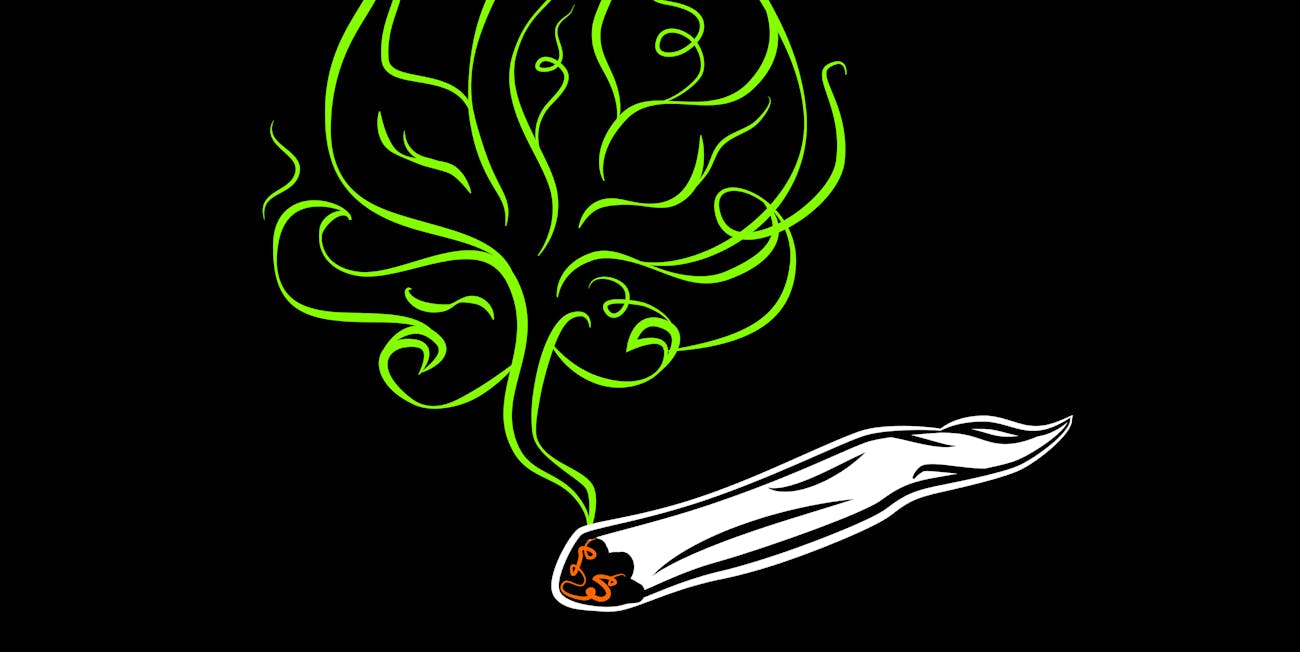Why you have back pain (Top 32 causes of back problems and when to see a doctor)
DECEMBER 19, 2019
Back pain is not only the leading cause of disability in people younger than 45 worldwide.
But it’s also one of the top reasons people go to the doctor, miss work, or worse, head straight to a hospital's emergency unit.
Low back pain ranks second to the common cold as a cause of lost days at work.
The thing is, it's hard to treat back pain if you don't know the cause.
And depending on your risk factors or the cause of your pain, your treatment could include medication, conventional therapy, lifestyle changes, or possibly surgery. As people get older, the chance of developing back pain increases, so it’s also important to know when you should see a doctor.
Chronic or acute pain?
Acute pain – pain that starts suddenly and lasts for up to 6 weeks (can be caused by a fall or heavy lifting). Chronic or long-term pain – pain that develops and lasts for more than 3 months, and causes ongoing problems.
Signs, symptoms, and risk factors of back pain
Some back problems can also cause pain in other parts of your body. The common symptoms to watch out for are: persistent muscle ache, pain that radiates all the way down to your buttocks and legs, shooting or stabbing pain, pain that worsens with standing or walking, bending, lifting, or pain that improves with reclining. The issues associated usually depend on the nerves affected.
Lower back pain is more common in women than in men, possibly due to hormonal factors.
Anyone can experience back pain, even young children and teenagers. The obvious risk factors are older age, genetics, obesity and excess weight, and occupation. But other emotional or psychological factors such as stress, anxiety, and mood disorders have also been linked to back pain.
Backache is more common at around 30 or 40 years old. Poor posture, sedentary lifestyle, lack of exercise, weak and unused back and abdominal muscles can also lead to back pain. Excess body weight puts extra stress on your back, while people with depression and anxiety appear to have a greater risk of back pain.
Top causes of back pain – spine-related, accidents, lifestyle, emotions, and other causes
Spine-related problems
Back pain is caused when something is off in your spinal joints, muscles, discs, nerves, and how they fit together and move. A doctor can examine if you have:
Herniated / slipped discs:
A herniated disc means that the soft tissue in the discs between your joints has come out because of wear and tear. When the nerves there are pressed, it can cause pain in your lower back or hip.
Bulging or ruptured discs:
Discs act as cushions between the bones in your spine. When they protrude / bulge or rupture, they also push on a nerve root that causes the pain. But, you can have a bulging or ruptured disk without back pain.
Inflammation and wear of the sacroiliac joint:
This is located on the spot where your spine and pelvis join, which moves the load of the upper body to the lower body. The aching happens when there’s swelling and wearing away of the joint cartilage. It can happen because of arthritis or infection, after an injury, or due to pregnancy.
Degenerative disc disease:
As we age, the discs or the natural “shock absorbers” between our spine’s vertebrae, shrink or tear. That causes the bones to rub together.
Spinal stenosis (happens mostly to people over 60 years):
Arthritis in the spine can lead to a narrowing of the space around the spinal cord, adding pressure on your spine and nerves. Therefore, your legs and shoulders will possibly feel numb. This .
Cervical radiculopathy:
Or a pinched nerve caused by a bone spur or a herniated disc.
Spondylolisthesis:
Generally in the lower back: A bone in the spine slips forward and out of place, due to weakening joints and ligaments keeping the spine aligned.
Accidents and injuries
Car accident or any type of work-related accident or fall:
Back pain commonly stems from muscle sprains, strains, fractures, tension, or injury.
Spine or vertebral fractures:
A break to your spine can be caused by an impact to the back, a fall, or if you have osteoporosis (a condition that weakens your bones).
Muscle or ligament strain:
Repeated heavy lifting or making an abrupt and awkward movement can stress back muscles and spinal ligaments. If you are weak physically, constant straining on your back can cause painful muscle contractions.
Spasms:
Happens when muscles and tendons are torn in your lower back, such as when you lift something that is too heavy improperly, or play sports like weightlifting.
Lifestyle, daily activities, and emotions
Back pain can be triggered by things you do or don't do in your daily life like...
Not maintaining a good posture or slouching at your desk
Lifting heavy objects
Twisting, coughing or sneezing
Muscle tension due to overstretching, bending uncomfortable or for a long time
Standing or sitting for long periods
Sleeping on a mattress with no body/back support and not keeping the spine straight
Pushing, pulling, lifting or carrying things improperly
Straining the neck forward (such as when using a computer)
Long driving without a break
Being overweight and not exercising
Smoking – reduces blood flow to the lower spine and slows healing
Wearing high heels
Stress that leads to muscle tension in the back
Depression and anxiety that make the pain worse
Medical conditions and other causes
Arthritis – a joint disease that causes stiffness, swelling, and inflammation.
Osteoarthritis – a type of arthritis that occurs when your cartilage and bones break down. This usually affects the lower back in people from middle age onward.
Osteoporosis – when our bones become porous and brittle, the spine's vertebrae can develop compression fractures.
Sciatica – due to a bulging or herniated disk pushing on a nerve, a sharp and shooting pain travels through the buttock and down the back of the leg.
Ankylosing spondylitis – another type of arthritis that affects your joints and ligaments along the spine.
Skeletal irregularities – like scoliosis or curvature of the spine. This is usually because of genes and if there’s pain, it typically starts in adulthood.
Pregnancy – the excess weight you gain when you’re pregnant can strain your back.
Other causes of back pain – tumors, kidney stones or kidney infection, Endometriosis (a buildup of uterine tissue outside the uterus), Osteomyelitis or discitis (infections in the bones of the spine), and Fibromyalgia.
When should you see a doctor?
Within a few weeks, mild back pain usually eases out with home treatment and self-care. But if it doesn't improve by that time, then there could be a serious medical problem.
See a doctor if the back pain is accompanied by the following:
- Follows a fall, a blow, or other injury
- Spreads down in one or both legs, especially if it extends below the knee
- Weakness, numbness, or tingling in one or both legs
- Bowel or bladder problems - Is accompanied by fever
- Is severe and doesn't improve with rest
- A strange and sudden weight loss
- If you have a history of cancer, osteoporosis, excessive drug or alcohol use, or steroid use
- Or, if you start having back pain for the first time after age 50
Normally, people living with back pain cope with it through home treatment and regular exercise or massage as these can help build muscle strength and flexibility.
Start maintaining a healthy weight and lifestyle (without smoking or drug abuse). Remember always to sit and stand straight, and bend and lift smart. If you lift heavy objects, let your legs do the work and bend only the knees.
Fortunately, you can take measures to prevent or relieve back pain. But if prevention fails, simple self-care should be able to heal your back gradually and keep it functional. Surgery is rarely needed to treat back pain, unless there’s a serious medical condition.


